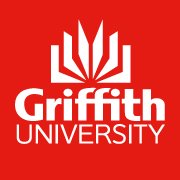Full description
Indigenous people worldwide continue to struggle to repatriate the remains of their ancestors held by national and international organisations. After European settlement of Australia in 1788, Aboriginal Australian remains were deposited in museums worldwide. Many of these remains have no known provenance, making their return to Indigenous custodians difficult. Hence, we sequenced ten nuclear genomes and 27 mitogenomes from ancient pre-European Aboriginal Australians (up to 1,540 yr BP) and compared them to 100 high-coverage contemporary Aboriginal Australian genomes from 12 geographic locations. We report substantial ancient genetic structure showing strong affinities between ancient and contemporary individuals from the same geographic locations. Our findings demonstrate the feasibility of identifying the origins of unprovenanced ancestral remains using nuclear DNA, thereby enabling their return to their rightful communities.Issued: 2018
Data time period:
2018
Spatial Coverage And Location
text: Australia
text: Australia
Subjects
Aboriginal and Torres Strait Islander History |
Genome |
Historical Studies |
History and Archaeology |
History |
User Contributed Tags
Login to tag this record with meaningful keywords to make it easier to discover
Other Information
Identifiers
- DOI : 10.25904/1912/4107

- Handle : 10072/403997



